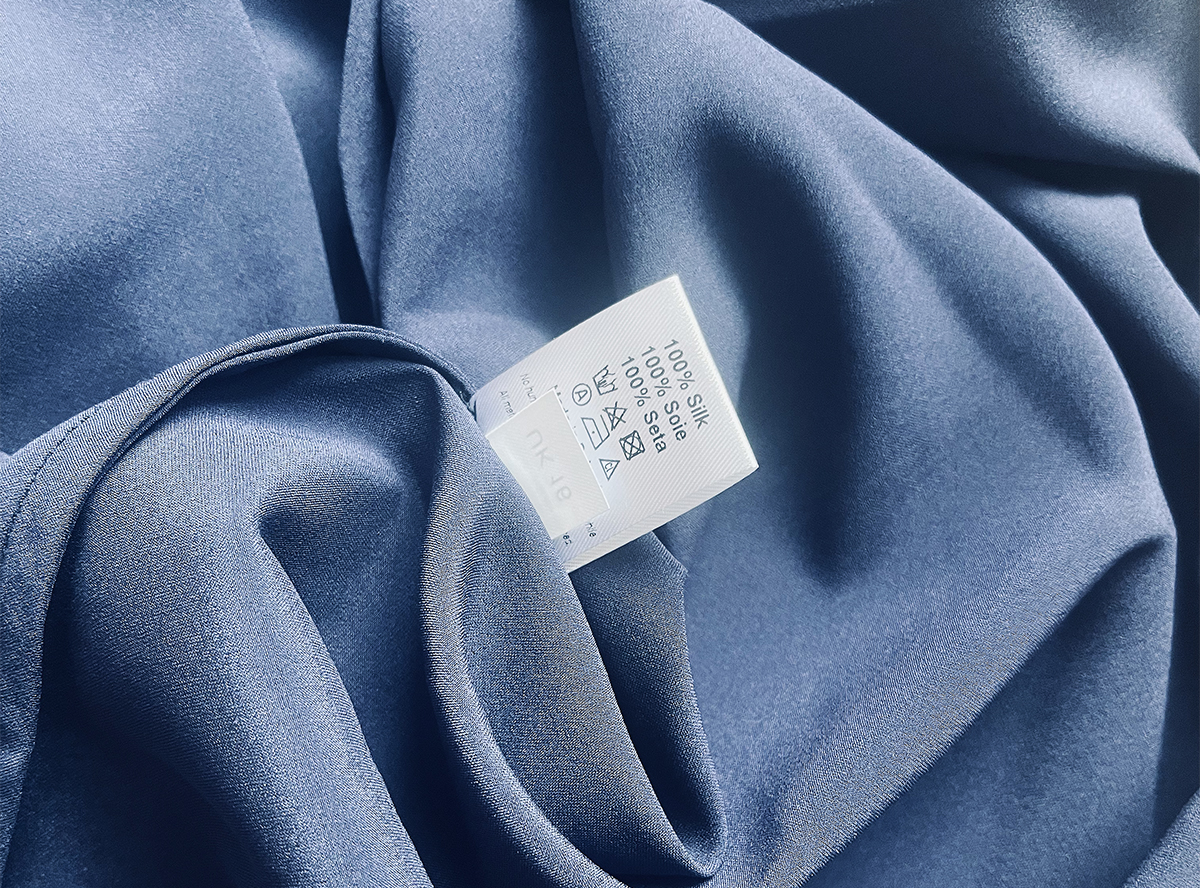How Can You Tell If It's Real Silk?
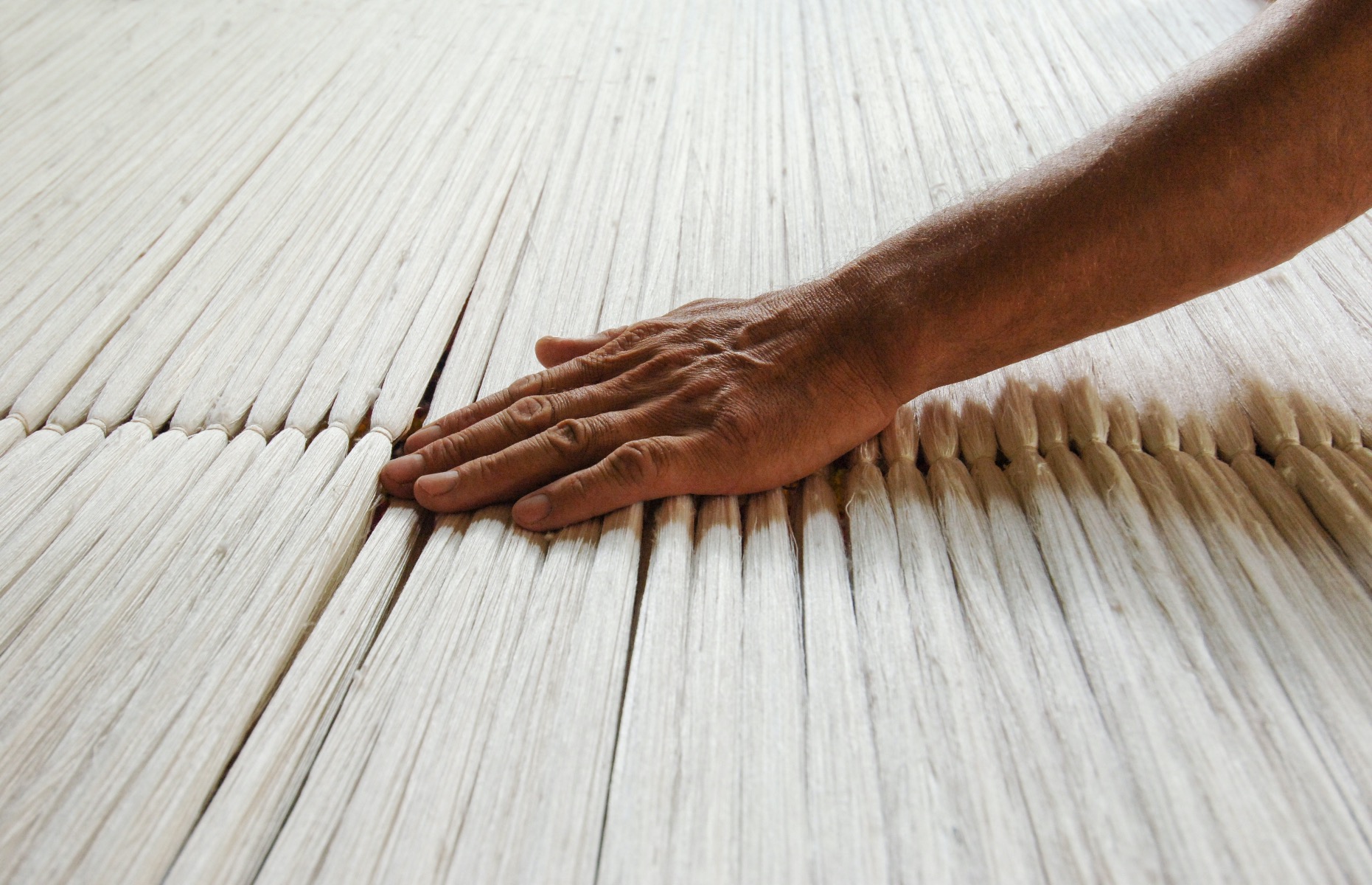 Silk and Style at Lora GENE
Silk and Style at Lora GENE
The opulence and versatility silk brings make it perfect to be THE signature material at Lora GENE. We discuss the best way to identify silk and answer the question everybody wants to know - is real silk expensive? Read on to find out!
Which test is the best way to identify silk?
The best way to identify silk is to burn it (please don’t do this to your clothes at home) but indeed; burning is a good test because silk burns in a very specific way. It has a clean flame, burns very fast, and when you put it in between your fingers it turns to dust without making a plastic ball of burnt material. However, there are a few other ways you can test it – the touch and feel are important, as there is rarely a polyester that feels as good. Silk feels extremely soft and almost “alive” in your hands, there is this sense of slippery material with life in between your fingers. Next to this when you stretch it, it feels super strong and tough, you can’t really rip it with your hands (never actually).
The third test is to smell it- silk always smells good, and has a specific smell when it burns. It doesn’t hold on to any smell like some other fabric fibres; for instance, polyester always has the faint smell of plastic.
PRO TIP*: Silk feels like a second skin, just slide over the inside part of your hand and it your will feel it.
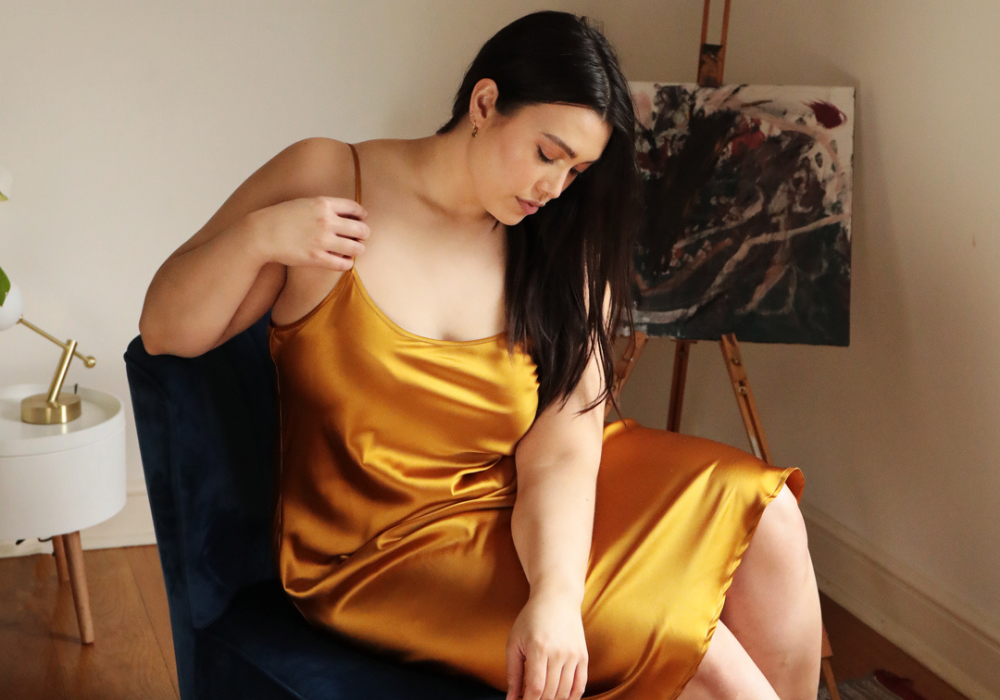
Does silk really wrinkle?
Yes, it does. Silk wrinkles when you really smash it in your hands and you will find that some wrinkles have been left, whilst polyester generally reverts back to the same shape as before. All-natural materials wrinkle, but they look absolutely beautiful even if they are wrinkled and they are so much better to wear.
PRO TIP*: Spray a little water on your dress and leave it to hang dry. The natural fibre will loose and in few minutes your dress will look like it was steamed.
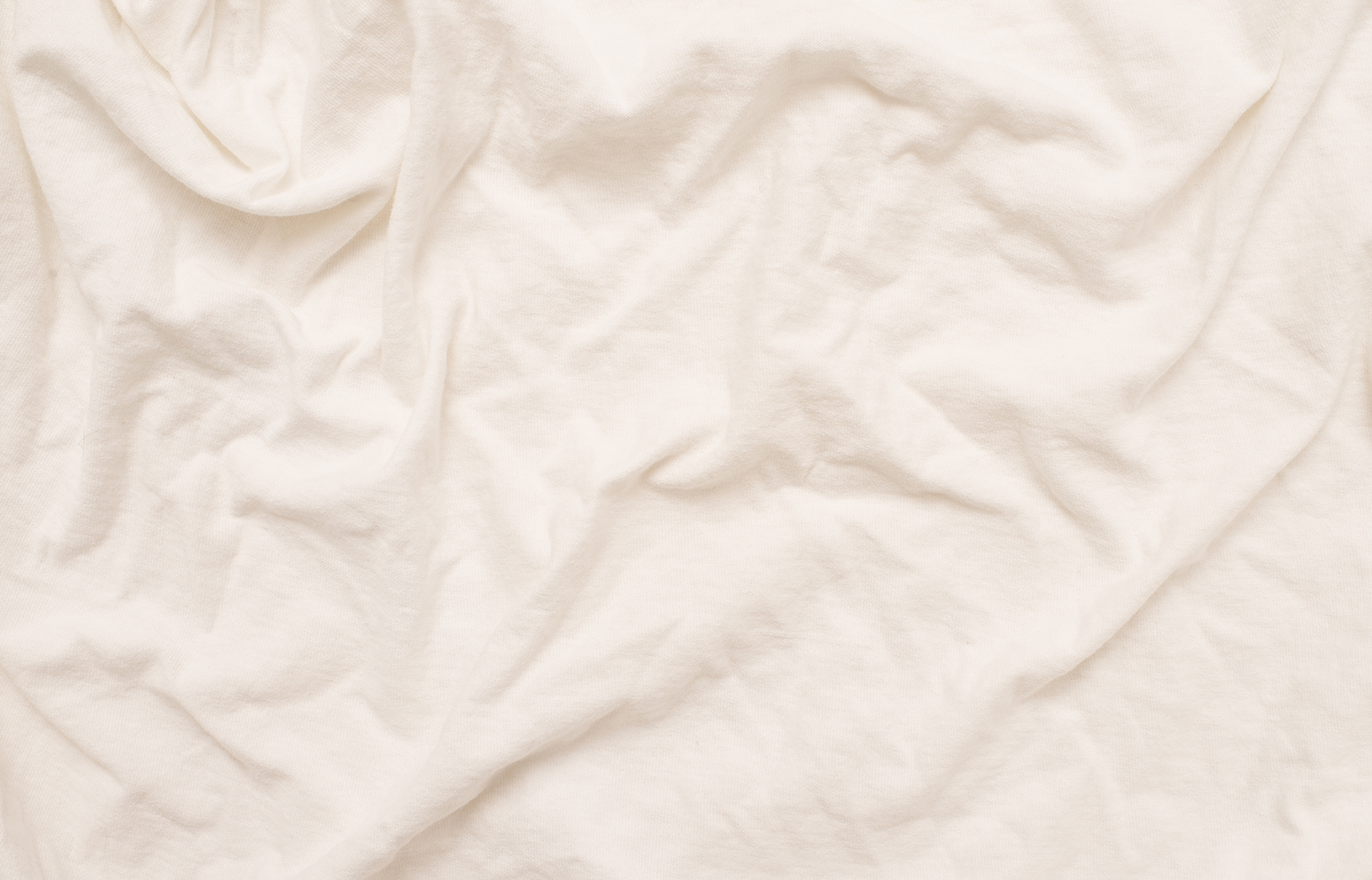
Is real silk expensive?
Yes, it is expensive but that comes with all the benefits of it. Silk is the noblest and most durable material among textiles; every piece of silk clothing you own will stay in your wardrobe for decades. The prints won’t fade away, the structure and shape won’t change and it will be as good as new for a very long time (think of those vintage pieces that look as good as new they are usually made of silk). Moreover, silk is one of the best materials for your skin, because it is hypoallergenic, not to mention the feeling when worn, and it doesn’t take up smell, even if you sweat it will show but won’t take up the scent.
PRO TIP*: A silk dress can never be too cheap, 1 meter of silk can vary between £15 to £50+, thus if a dress is £50 and it says its silk thats not realistic.
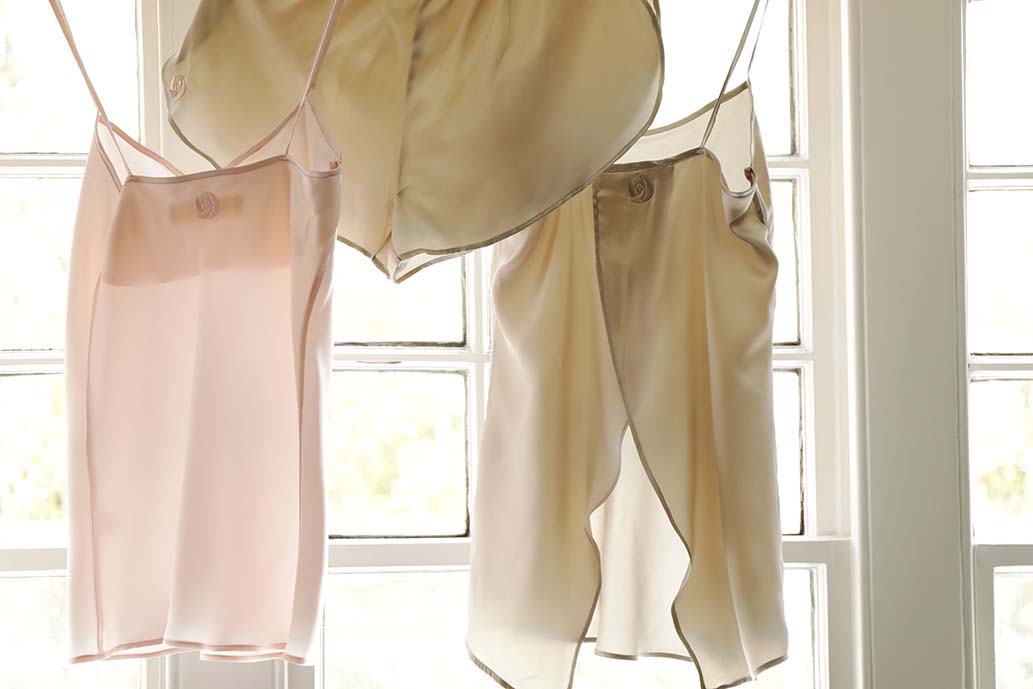
How can you tell if it's real silk?
This is normally the first question most people ask, but probably the easiest one to answer yourself if you use your senses. It really does feel different, but care labels can and should be checked too. Legally all brands are required to put the information of the material composition on the care label. Just watch for satin/ silk satin as often brands try to mislead the customer with satin being real silk, however, if you look closely it will be 100% polyester. Satin does not equal silk, satin is a finish of the material, not a composition.
You should look for 100% SILK , whether its chiffon, satin, crepe or simply SILK.
PRO TIP*: SATIN IS NOT SILK -this is commonly used by companies to mislead consumers, please always look for 100% SILK or exact composition.
Satin is just a finishing, not a type of fabric.
